What's Next for Universe Sandbox | Spring 2019
Delayed Gratification
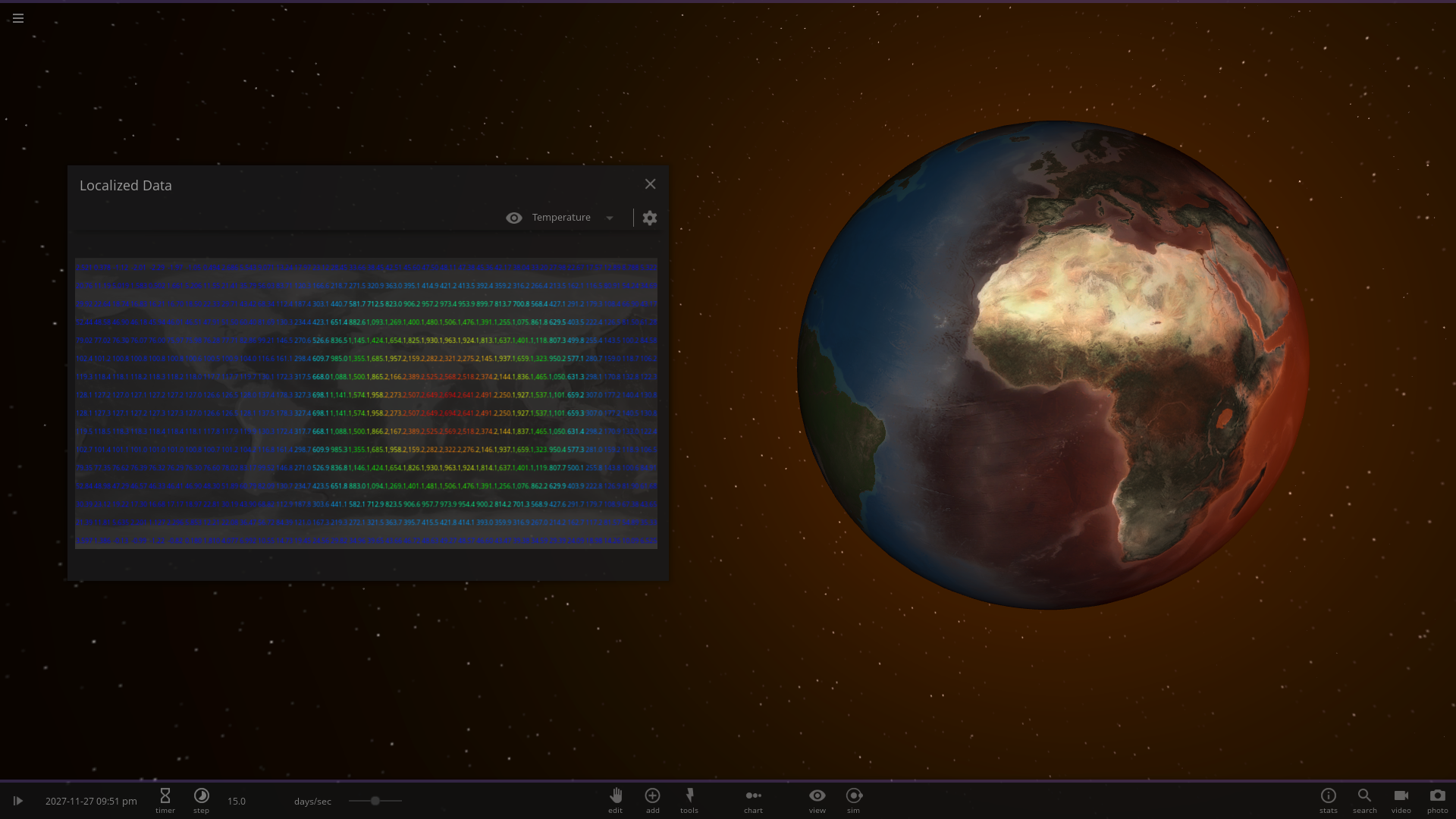
We know many of you have been patiently waiting for two of our next big features, Surface Grids & Lasers. We believe these features will be an awesome addition to the core Universe Sandbox simulation and experience, and we know from your excitement that you agree.
Not familiar with Surface Grids? It's a feature we're developing for Universe Sandbox that makes it possible to simulate values locally across the surface of an object. In effect, it allows for more detailed and accurate surface simulation and more dynamic and interactive surface visuals. It also makes possible tools like the laser, which is essentially just a fun way of heating up localized areas of a surface.
Short Version
If you’re a fan of treating bad news like a bandaid that needs to be ripped off, here’s the short version: We chose to further delay the release of Surface Grids & Lasers because our implementation was not meeting our expectations. We are now applying our work to a completely new approach that we think will be well worth the wait. We hope to have it ready this [Northern Hemisphere] summer. Thank you for your patience!
And in the meantime, we hope to release some new simulation features: improved physics and new galaxies. Read more about these below.
Long Version
And if you’re curious, here’s the longer version: Last month we sat down for a team meeting on the status of Surface Grids and Lasers and had to make a difficult decision. The features weren’t quite living up to our expectations and standards. While we were continuing to make progress on development, we were also continually running into problems and were pushing the technical limitations of the system we had implemented, all with diminishing returns. We could either continue to work through all of the issues that remained and end up with something that met most of our high-level design goals but fell short on performance, or we could take everything we had learned and reimplement it in an entirely new system that would meet even more of our goals, be exponentially faster, bypass some of the issues we were trying to solve, and have much more room for future expansion. That makes it sound like a clear choice, but there were a couple of drawbacks: there were some technical compromises with this proposed new system, and pursuing it meant that we’d have to further delay the release of these features, something that we knew both we and our fans would not prefer. But after more discussion, we decided we didn’t want to compromise the quality of these features — let’s delay a bit, work on this better version, and release something that we’re very proud of. Please know that we are committed to new features and improvements and to the long-term future of Universe Sandbox development. We’re even expanding our team again — come join us as a Graphics Developer or Spaceship Physics Developer!
We can’t give a release date yet for Surface Grids & Lasers, but our plan moving forward is to provide an update every two weeks on their development. Below is a preview of what’s to come, showing a tidally-locked Earth close to the Sun where the back side freezes over and the near side becomes molten. And wait for the laser at the end!
Please note: the following image and the image at the top of this post are from the previous implementation of Surface Grids. We hope to go above and beyond what can be seen here for our new implementation, but the feature is subject to change and these may not be representative of its final state.

Improved Physics & New Galaxies
While we all wait as patiently as possible for Surface Grids and Lasers, we hope to deliver on two other features that have also been a long time coming: 1) a new, faster, and more stable physics system and 2) brand new galaxies.
Faster & More Stable Physics
The new physics system actually followed a similar development story as the one above about Surface Grids. After a long time spent working on the new system, the bulk of it was finished but stubborn issues stood in the way of its release, and new ones seemed to pop up every week. Eventually, we decided to cut our losses and run with a brand new system that was suddenly feasible thanks to some new Unity technology. Turns out this was a great move -- we already have an experimental version of this new physics system available in Update 22.2 (learn more about trying it out). We hope to have the remaining kinks worked out soon so we can release it officially and get to work on some exciting new physics features again.
Brand New Galaxies
We also have already made great progress on a rewrite of galaxies, finally showing them the love that they have long deserved. These new galaxies will be much more varied, more interactive, and more accurate in simulation and appearance. The GIFs below do not show the latest visual changes, but they do a great job of showing how much more dynamic these galaxies are.
They will allow real-time editing of their properties, just like with any other object in the simulation:

And here you can see a series of procedurally generated galaxies added to a simulation:

We're super proud of how galaxies have been shaping up so far. They're impressive technically, scientifically accurate, fun to play with, and they're looking pretty good, too. That checks all of our boxes for a quality Universe Sandbox feature. We look forward to sharing them in the future.
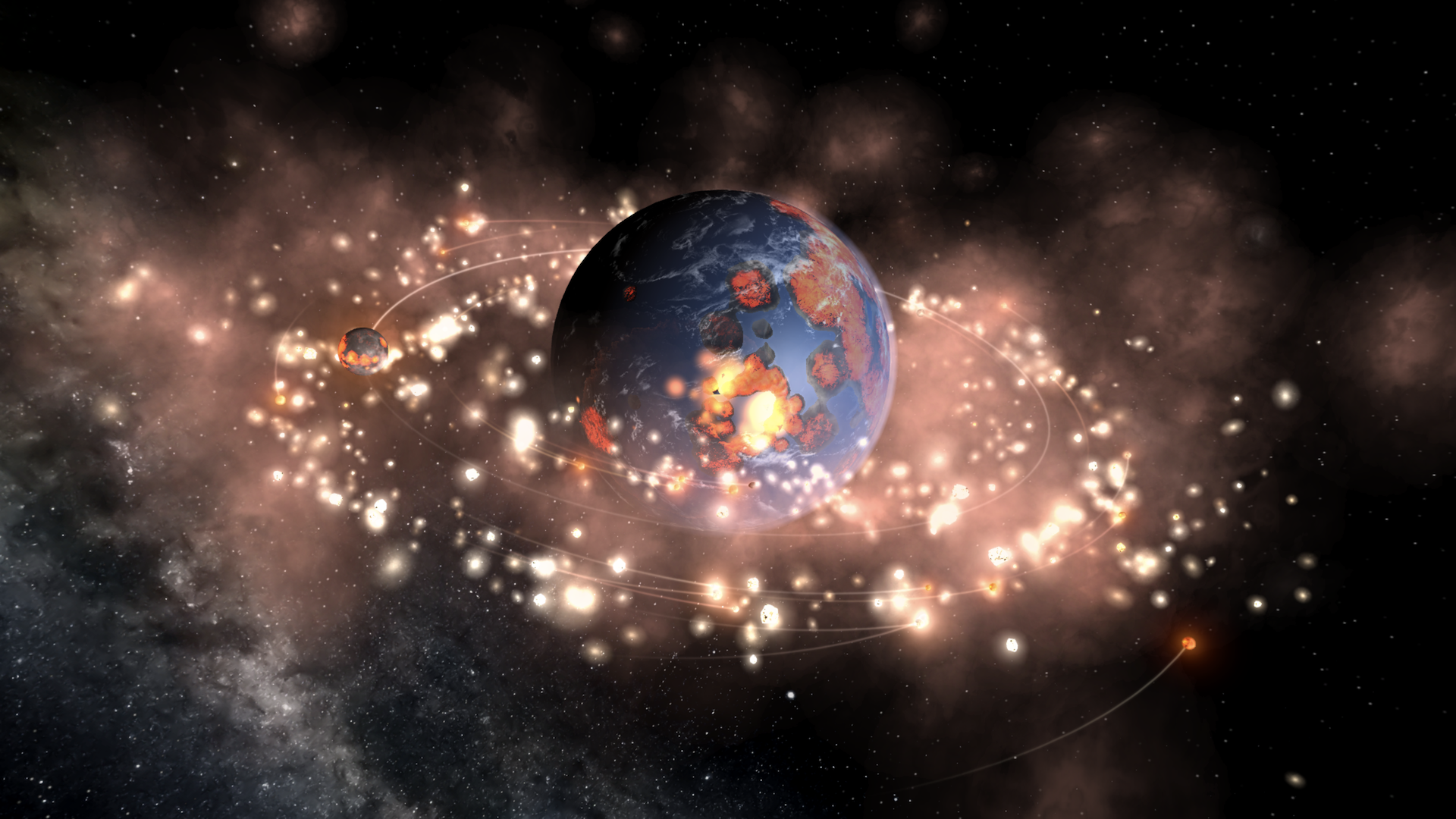 April 18: 22.2.1 & 22.2.2 address a Mac-specific issue that caused crashes while using the Add panel. Known Mac issue: loading “Solar System Planets, Moons, and Large Objects" simulation sometimes results in a crash.
April 18: 22.2.1 & 22.2.2 address a Mac-specific issue that caused crashes while using the Add panel. Known Mac issue: loading “Solar System Planets, Moons, and Large Objects" simulation sometimes results in a crash.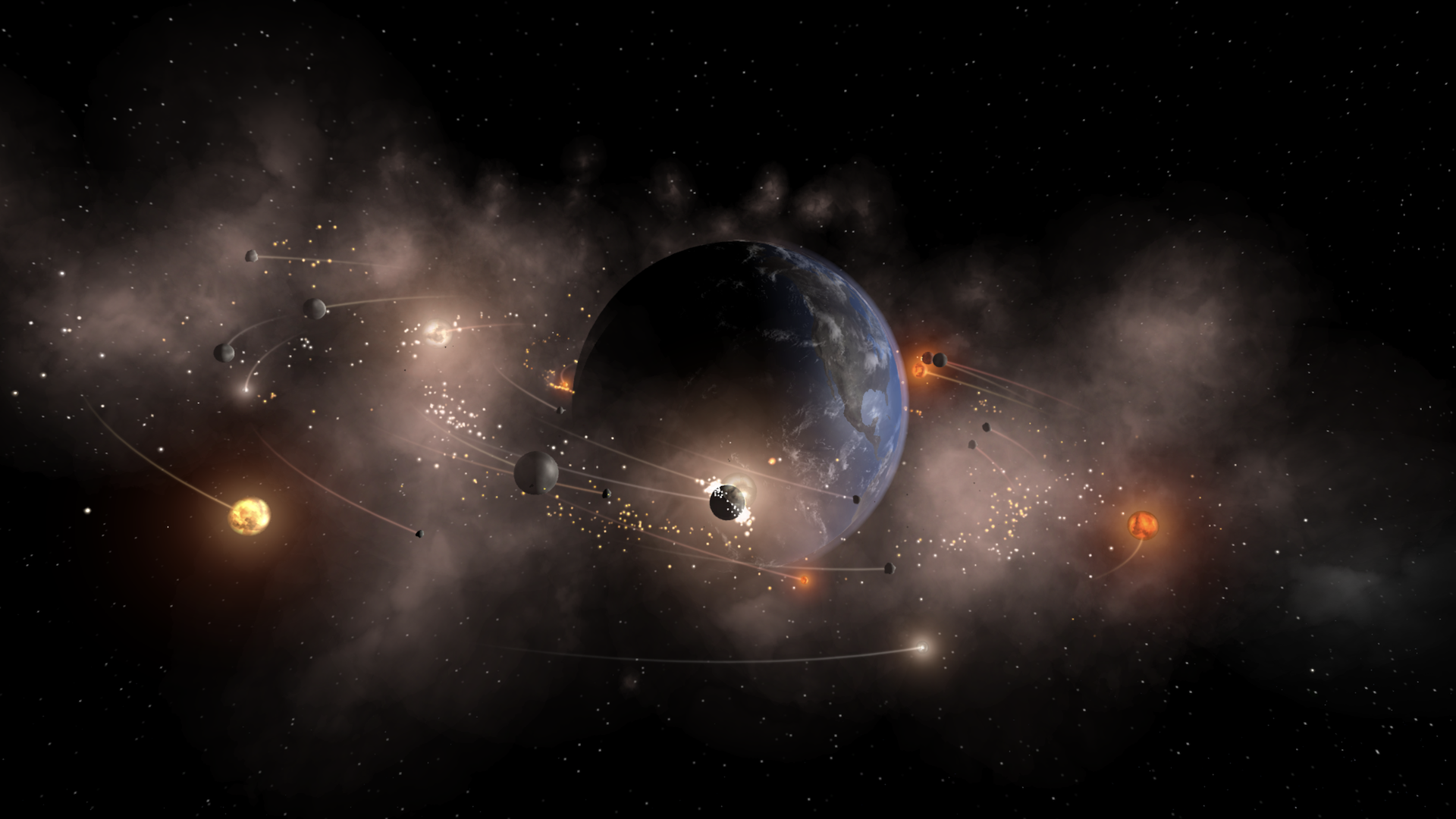
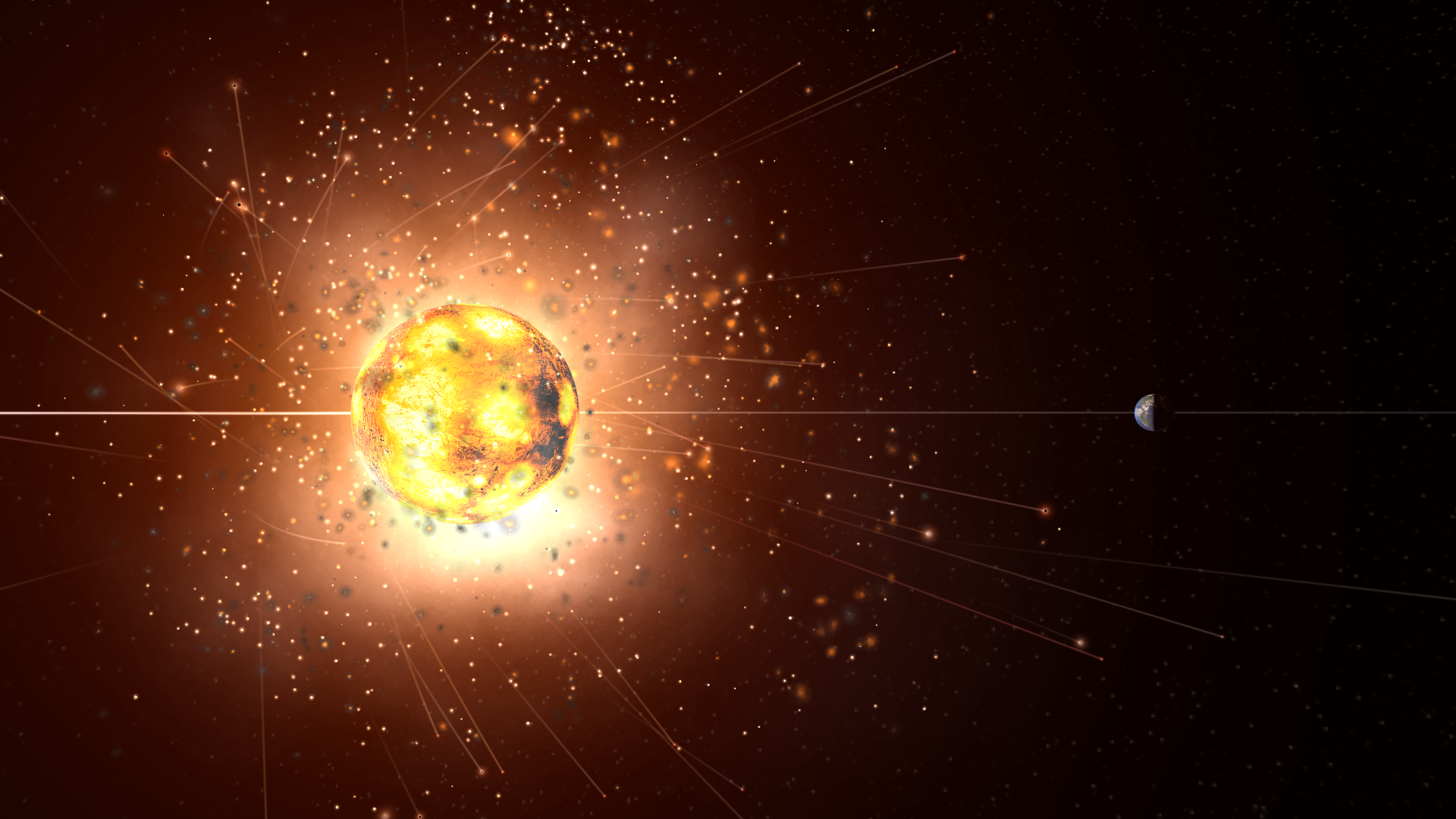



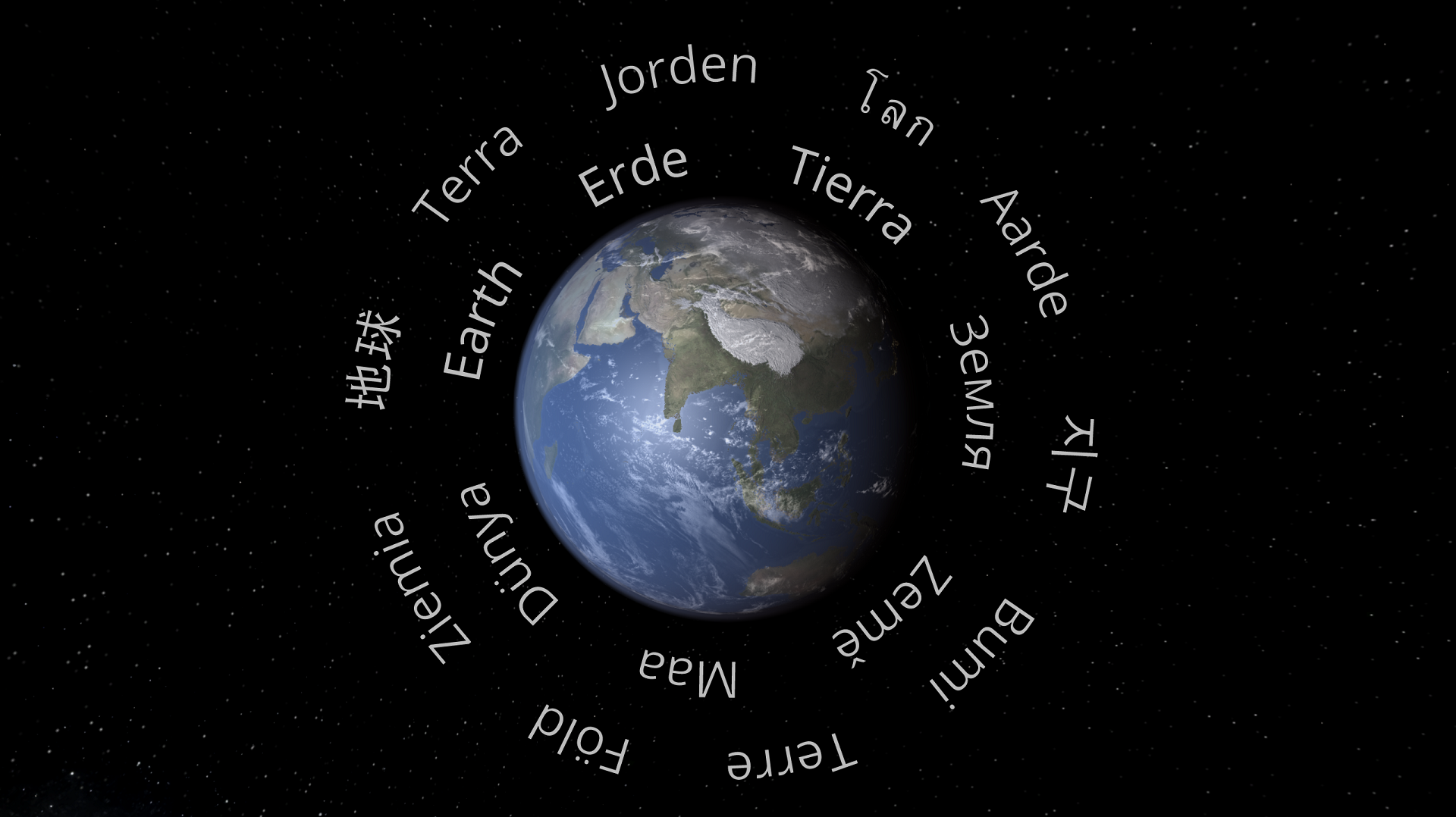
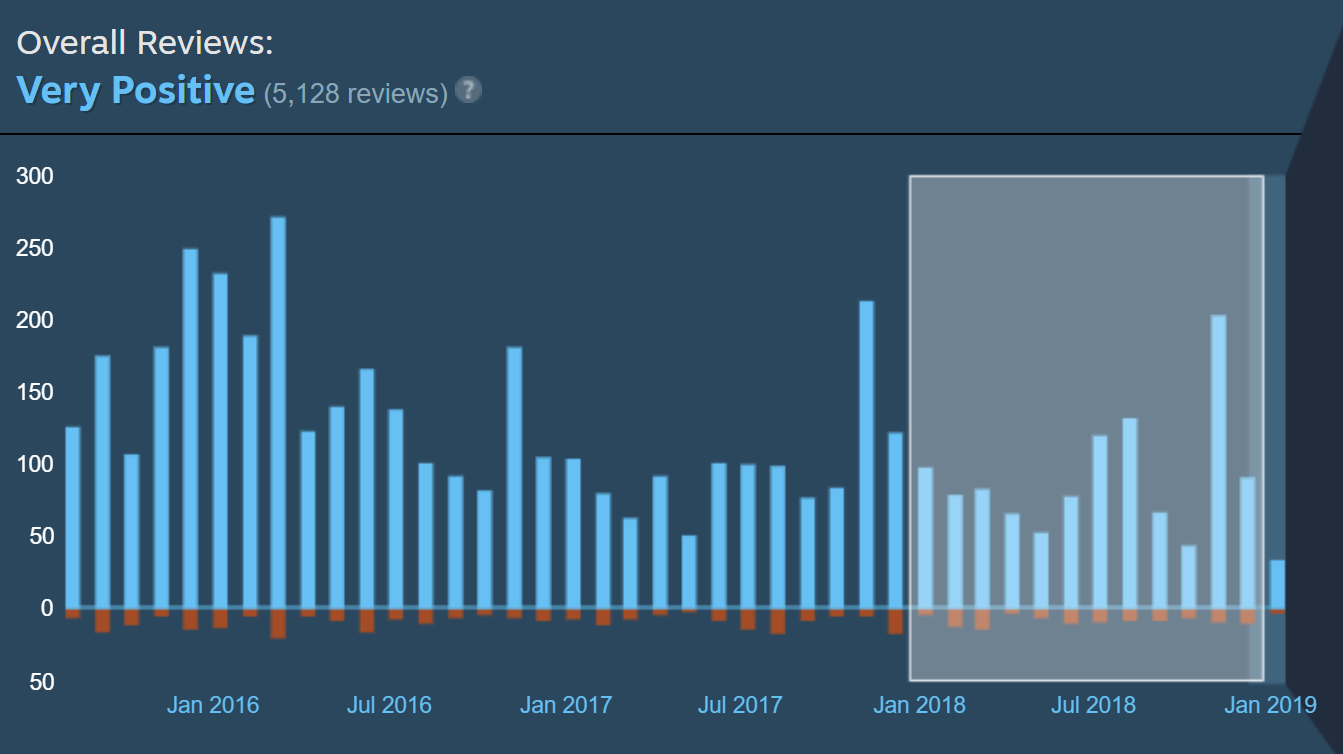


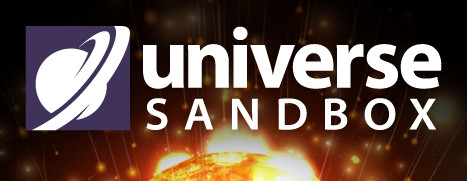
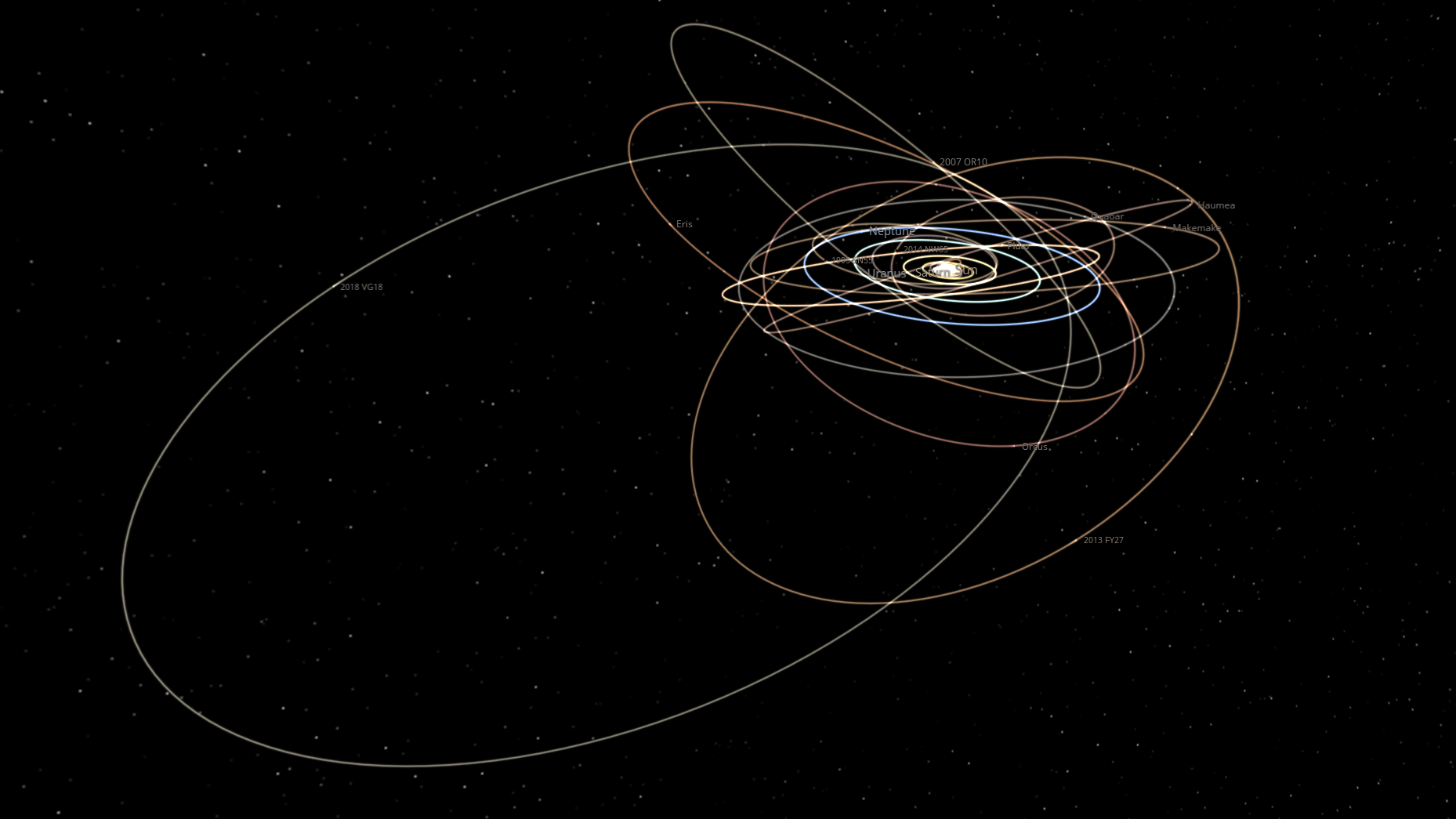 Feb 11: 22.1.2 is a small patch to fix an issue that caused the new physics system (NativeComputation) to occasionally fail on launch and revert to the older, slower system (ManagedComputation).
Feb 11: 22.1.2 is a small patch to fix an issue that caused the new physics system (NativeComputation) to occasionally fail on launch and revert to the older, slower system (ManagedComputation).